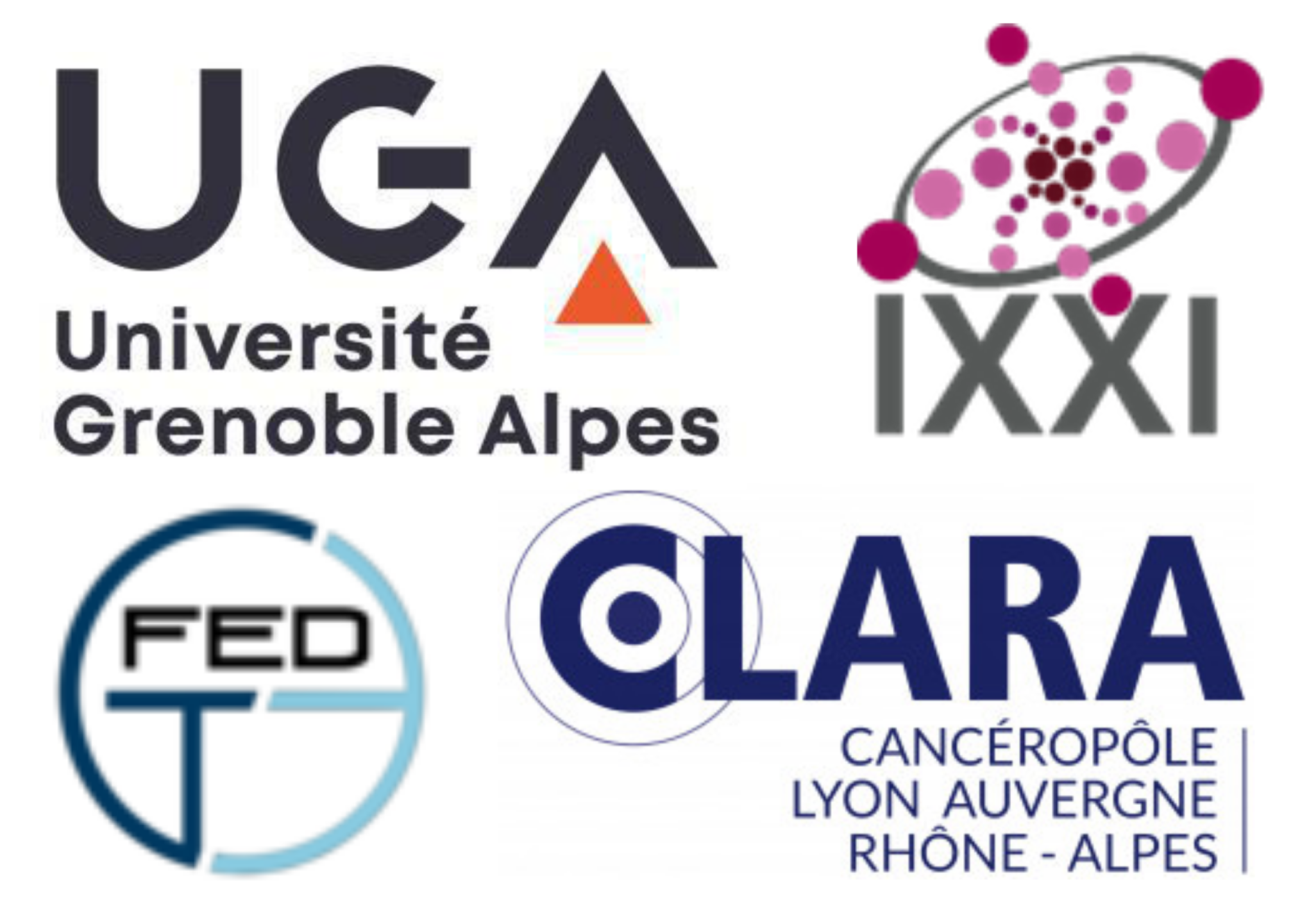INTRODUCTION
Brillouin Light Scattering (BLS) implies an inelastic scattering of light by spontaneous thermal fluctuations in a material. Viscoelastic properties are afterward accessible from the frequency shift and Full Width at Half Maximum of the peak. Traditional techniques for the characterization of biomaterials such as magnetic bead twisting, deformation microscopy, micro-rheology, or atomic force microscopy (AFM) either require contact, are destructive, or do not provide sufficient resolution. In contrast, Brillouin imaging offers an alternative approach. It is non-contact, label-free, and non-destructive, making it well-suited for investigating biological samples at the GHz/micron scale. Moreover, it holds significant promise for enhancing clinical diagnostic capabilities. The idea of our project is to compare stiffness of normal and keloid fibroblast cells, by obtaining their Brillouin maps, with the goal of detecting the cause and possible therapeutic treatment of keloid disease.
MATERIALS AND METHODS
Non-contact mechanical and chemical analysis of a single living cell was obtained by Mattana et al [1] where it has been shown the successful ability of the BLS spectroscopic technique to characterize subcellular compartments and distinguish cell status. In our project, we aim to examine keloid disease, its cause and possible treatment. Keloids are characterized by excessive collagen production at the dermis level and overgrowth beyond initial wound due to abnormal wound healing [2], often triggered by skin injuries like surgery or burns. Keloids are considered as a chronic inflammatory disease which shares similarities with cancer [3]. At a cellular level, fibroblasts play a crucial role in the development of keloids, those cells are sensitive to their biological and mechanical microenvironment [2]. Keloid fibroblasts are in close contact with immune cells which release inflammatory signals, activating fibroblasts into myofibroblasts, which overproduce collagen [4]. This excess collagen stiffens tissue, perpetuating a feedback loop. Fibroblasts migrate toward stiffness, deposit more collagen, and trigger further activation and growth factor release [2].
RESULTS AND DISCUSSION
Understanding how mechanical signals and inflammation collaborate in keloid formation is a current research focus [5]. This synergy is essential in this part of the project, aiming to unravel keloid development mechanisms for potential therapeutic insights. Using the BLS technique, we would be able to access the stiffness and losses of normal and keloid fibroblast cells, knowing their refractive index and mass density. Combination of the mBLS setup with fluorescent microscope represents a big advantage as it helps us assign different cell parts during the scan by obtaining Brillouin maps from which we can deduce the mechanical properties at every point across the cell.
REFERENCES
1. Mattana, S., Mattarelli, M., Urbanelli, L., Sagini, K., Emiliani, C., Dalla Serra, M., Fioretto, D., Caponi, S. (2018). Non-contact mechanical and chemical analysis of single living cells by microspectroscopic techniques. Light: Science & Applications, 7(2), 17139–17139
2. Feng, F., Liu, M., Pan, L., Wu, J., Wang, C., Yang, L., Liu, W., Xu, W., Lei, M. (2022). Biomechanical regulatory factors and therapeutic targets in keloid fibrosis. Frontiers in Pharmacology, 13, 906212.
3. Tan, S., Khumalo, N., Bayat, A. (2019). Understanding keloid pathobiology from a quasi-neoplastic perspective: less of a scar and more of a chronic inflammatory disease with cancer-like tendencies. Frontiers in Immunology, 10, 1810.
4. Andrews, J. P., Marttala, J., Macarak, E., Rosenbloom, J., Uitto, J. (2016). Keloids: The paradigm of skin fibrosis - pathomechanisms and treatment. Matrix Biology, 51, 37–46.
5. Moretti, L., Stalfort, J., Barker, T. H., Abebayehu, D. (2022). The interplay of fibroblasts, the extracellular matrix, and inflammation in scar formation. Journal of Biological Chemistry, 298 (2).


 PDF version
PDF version
